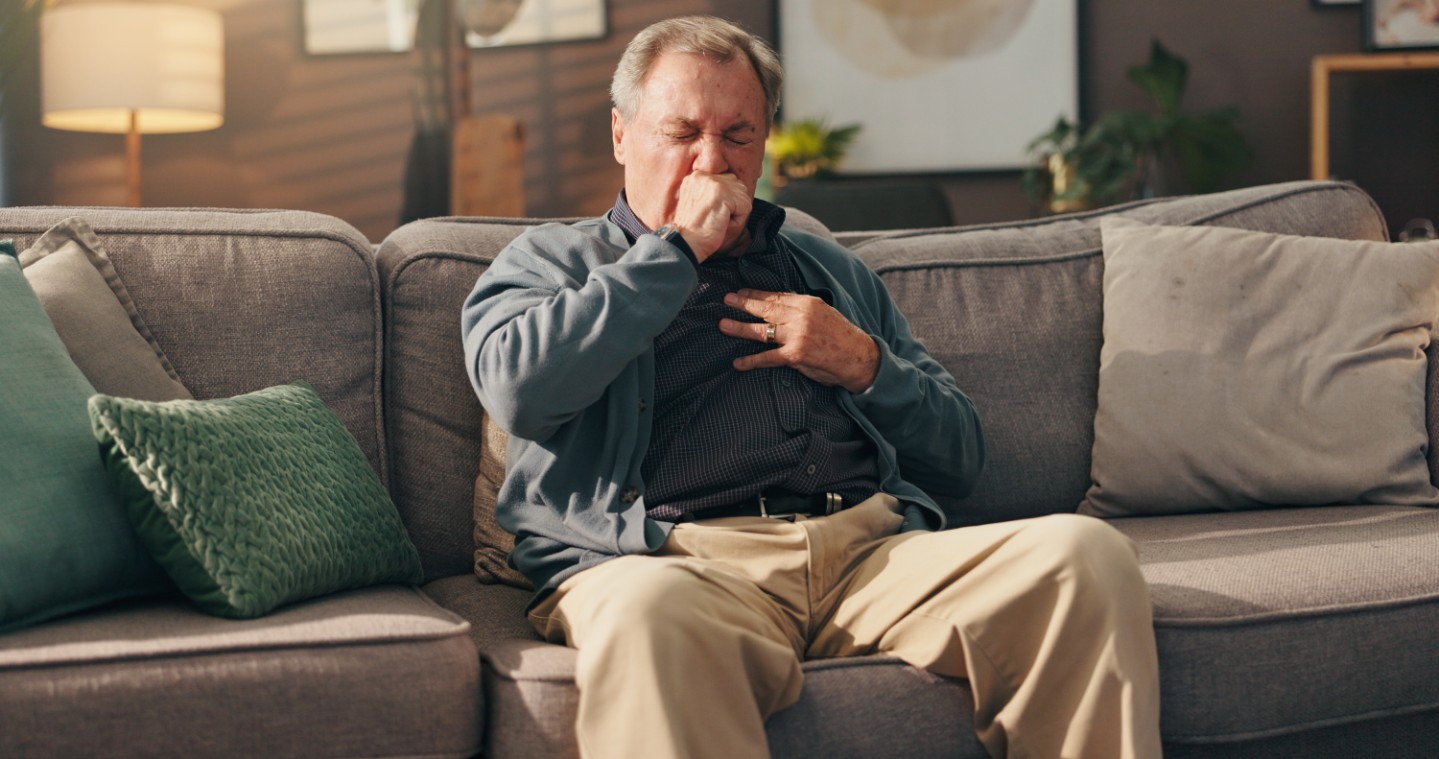As your primary care provider, I see a wide range of health concerns come through my office doors. But few impact a patient's daily life quite as profoundly as Chronic Obstructive Pulmonary Disease, or COPD. COPD is preventable, and understanding it is the first step towards a healthier, freer breath.
What Exactly is COPD?
In simple terms, COPD is a group of progressive lung diseases that block airflow and make it difficult to breathe. The two most common conditions that contribute to COPD are:
- Emphysema: This is where the air sacs in your lungs (alveoli) are damaged, causing them to lose their elasticity and making it difficult to push old air out and take in new air.
- Chronic Bronchitis: This involves long-term inflammation and irritation of the bronchial tubes, leading to a persistent cough, mucus production, and narrowing of the airways.
While often discussed separately, most people with COPD have a combination of both emphysema and chronic bronchitis. The defining characteristic is this persistent, often worsening, difficulty breathing.
Recognizing the Symptoms – Don't Ignore the Signs!
One of the challenges with COPD is that symptoms often develop slowly and can be initially dismissed as "smoker's cough" or just a sign of getting older. But if you experience any of these, especially if you have risk factors, please talk to me:
- Shortness of breath: Especially during physical activity that used to be easy.
- Wheezing: A whistling sound when you breathe.
- Chest tightness.
- Chronic cough: This often produces mucus (sputum) and can be worse in the morning.
- Frequent respiratory infections: Like colds or the flu.
- Lack of energy or fatigue.
- Unintended weight loss (in later stages).
The Devastating Impact
COPD isn't just about a cough; it's about a significantly reduced quality of life. Imagine struggling to walk upstairs, play with your grandchildren, or even just laugh without feeling winded. It can lead to:
- Reduced physical activity and independence.
- Anxiety and depression.
- Heart problems.
- Increased risk of lung cancer.
- Frequent hospitalizations.
The Good News: Prevention is Key!
While there's no cure for COPD once it develops, the truly empowering news is that it is largely preventable. Here’s how you can protect your lungs and ensure a future of easier breathing:
- Stop Smoking (or Never Start!): This is by far the most crucial step. Tobacco smoke is the leading cause of COPD. If you smoke, quitting is the single most important thing you can do for your lung health. We have numerous resources and strategies available to help you quit – just ask me! It’s never too late to stop.
- Avoid Secondhand Smoke: Exposure to other people's tobacco smoke also significantly increases your risk. Create smoke-free environments for yourself and your loved ones.
- Minimize Exposure to Workplace Dusts and Chemicals: If your job exposes you to fumes, dusts, or chemical vapors, talk to your employer about protective measures. Wear appropriate masks and ensure proper ventilation.
- Limit Exposure to Air Pollution: While not always easy, try to minimize your time outdoors on days with high air pollution levels. Use air purifiers indoors if needed, especially if you live in an urban area.
- Protect Yourself from Indoor Air Pollutants: Be mindful of poor ventilation in your home, especially if you use biomass fuels (like wood or coal fires) for cooking or heating. Ensure good ventilation to prevent buildup of harmful particles.
- Get Vaccinated: Stay up-to-date on your flu shot and pneumonia vaccines. These can help prevent infections that can exacerbate or contribute to the development of COPD symptoms.
- Know Your Family History: While smoking is the dominant risk factor, genetics can play a role. If COPD runs in your family, be extra vigilant about prevention and discussing any symptoms with me.
- Regular Check-ups: Your annual physical exam is an excellent opportunity to discuss your lung health, especially if you have a history of smoking or exposure to lung irritants. We can assess your risk and discuss preventative strategies.
My Role as Your Primary Care Provider
As your PCP, I am here to:
- Educate: Help you understand your risks and how to protect your lungs.
- Screen: If you have risk factors, we can discuss simple breathing tests (spirometry) that can help detect COPD even before severe symptoms develop.
- Support Quitting Smoking: Provide resources, medications, and counseling to help you kick the habit.
- Guide Treatment: If you are diagnosed with COPD, we'll work together to develop a comprehensive management plan, including medications, pulmonary rehabilitation, and lifestyle changes, to help you breathe easier and improve your quality of life.
This World COPD Awareness Day 2025, let's commit to protecting our lungs. Every breath matters. Don't wait until it's a struggle to breathe. Take proactive steps now, and reach out to your provider for any additional questions.



